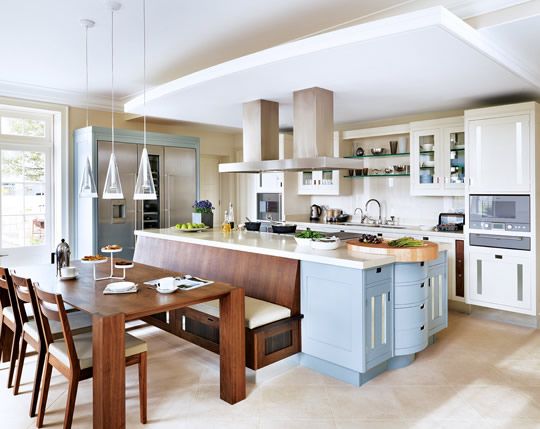High pressure laminate (HPL) surfacing is a common kitchen favourite. You need to take proper care of HPL to ensure it looks new and clean for a very long time. Are HPL surfaces easy to clean and maintain? Yes. Read the tips below to make sure that your HPL surfaces do not get damaged.
How to Clean HPL Surfaces
Basic Cleaning
Water and a mild detergent are all you need for daily surface cleaning. Always wipe off spillages as soon as they occur. If there are some stubborn marks of the surface, use a non-abrasive cleaner to wipe the surface.
Stains
Stains can be removed with the help of a mild household cleaner. Add the cleaning liquid onto the stain and allow it to draw out any mark. Afterwards, us a damp cotton cloth to rinse the cleaning liquid off. Make sure the household cleaner is recommended to clean HPL and read all the directions and warnings on the cleaner’s label.
Paints and Varnishes
Water-based paints: Most water-based paints can be removed from the surface with an ammoniated household cleaner. If the paint is stubborn, gently wipe the affected area with a plastic, non-abrasive pad
Oil-based paints: Use a suitable solvent. You will have to read and follow the product’s label. Use the solvent sparingly to prevent the edges of the surface from getting damaged.
Do not use the following abrasive cleaners:
- Oven cleaners
- Bleaches
- Wire wool
- Scouring powder
How to Protect HPL Surfaces
Moisture
HPL surfaces are water resistant, however, the material underneath it not. This is not a problem when it comes to wetting the actual surfacing, but water may seep into cut-outs, joints and edges of the surface. To prevent this from happening, all open joints, cut-outs, undersides, etc. of the laminate surfacing must be sealed with an effective mastic solution and the surface must be sealed to the wall with silicon.
Heat
HPL can handle heat up to boiling point, however, you should avoid placing too much direct heat onto the surface.
Tip: Place a board or some form of protection between any hot pots/pans and the surface. Also, avoid leaving any lit cigarettes and any other very hot items on the surface.
Marks and Spots
The HPL can handle most household chemicals and cleaners, however, never use nail polish remover to remove marks and spots on HPL.
Certain chemicals can damage and cause discolouration to the surface, such as beetroot juice and strong dyes. If any unwanted substance spills onto the surface, rinse and dry it thoroughly.
Scratches
Although HPL surfaces are known to be very durable, they are still susceptible to the odd marks and scratches caused by everyday wear and tear. Use a board to protect the surface from scratches caused by sharp knives.
Some of the information in this article was sourced from Formica.com.




